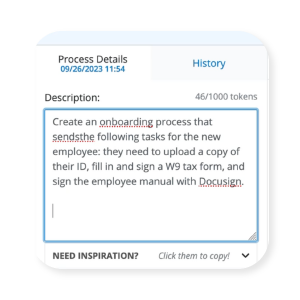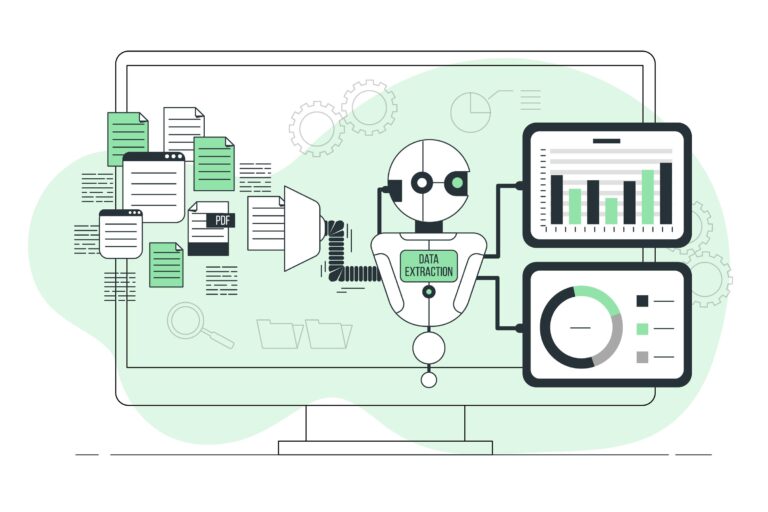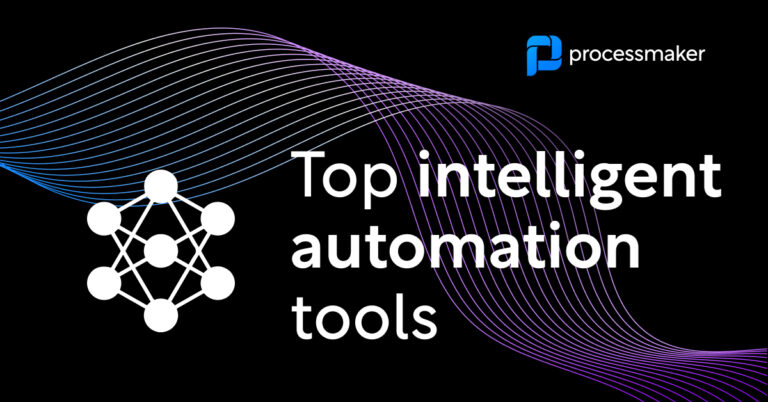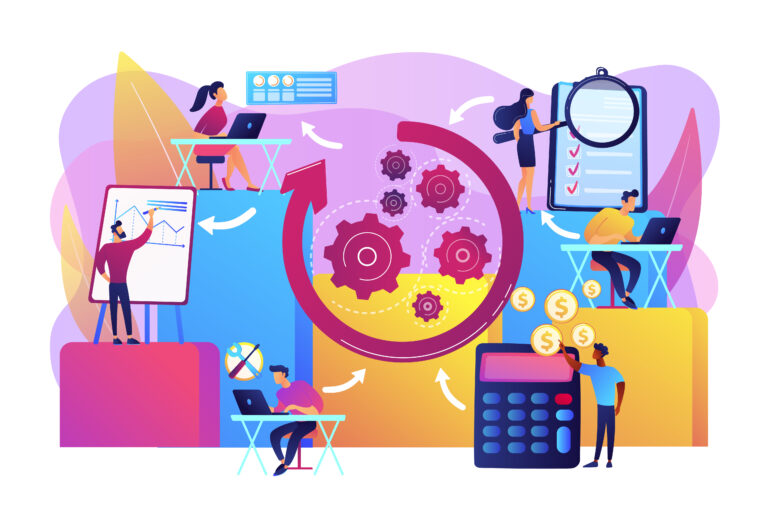As so many businesses begin their digital transformation journeys, it’s more important than ever that you keep up with your competitors. Enter hyperautomation, an accelerated version of automation that empowers your organization to do more and to do it faster.
Why hyperautomation?
With so many advanced technologies to boost productivity, it’s important for organizations to adopt new strategies for success. Imagine you’re traveling across the US from New York to California. You’re traveling by car, but your competitor is traveling by plane.
You’ll get to California eventually, but you’re definitely not winning that race. This is the difference between an organization using hyperautomation and an organization not leveraging all the tools at its disposal. Remember, you don’t just want to stay in the race; you want to win it. This is where automation meets Hyper-Productivity, a transformative concept we’ve coined.

Hyperautomation doesn’t focus on one specific method of automation: it’s a family of technologies. Under the hyperautomation umbrella, you’ll find:
- Artificial intelligence
- Intelligent automation
- Machine learning
- Low-code software
- Robotic process automation (RPA)
- Business process automation (BPA)
- Business process management (BPM)
- Process mining
- Digital twins
- Process automation
- Workflow automation
- Natural language processing
- Data Analytics
- Intelligent document processing for unstructured data
And that’s just the start. Innovative use cases and solutions will define the future.
Top technology trends driving the future of hyperautomation
The expert business consultants at Gartner crown this form of automation as a must-have strategic technology. Here are some of the key trends and developments that we can expect to see in the coming years:

- Increased adoption: As more businesses realize the benefits of hyperautomation, we can expect to see increased adoption of the technology. According to Gartner, by 2024, 65% of large organizations worldwide will have deployed some form of hyperautomation.
- Speed, efficiency, and accuracy: Reduce repetitive tasks and manual entry errors—far faster than any human worker can perform. Technologies like intelligent document processing will benefit from new advancements in computer vision and natural language processing. Computers will better understand context and language quirks to provide better insights into your organization’s data.
- Artificial intelligence seeps into every facet of hyperautomation: Every technology will integrate artificial intelligence (AI) and machine learning (ML) for more intelligent and personalized automation. This will enable businesses to automate more complex and sophisticated processes, such as decision-making and predictive analytics. In ProcessMaker’s 2023 Summer Release, we launched the text-to-process feature, extending our automation solutions for business users. With text-to-process, you can describe your desired process and task automation in natural language, and then ProcessMaker AI Modeler will design a process map for you in a matter of seconds. Try it for free!
- Greater focus on employee upskilling: While this form of automation can significantly improve efficiency and productivity, it will also require a new set of employee skills. Companies will need to invest in upskilling their employees to ensure they have the necessary skills to work alongside the new technology.
- More focus on governance and compliance: Companies will need to ensure that the automation they deploy complies with all relevant regulations and is transparent and auditable.
- Increased use in new industries: While industries like finance and manufacturing have widely adopted intelligent automation, we will see its use grow in new sectors like healthcare and retail. Hyperautomation will enable these industries to automate routine and high-level tasks, allowing them to focus on providing better customer experiences and more personalized care.
One of the most significant benefits is being able to scale up your business quickly. Automating processes at scale and in real time enables you to do previously challenging things, like processing thousands of orders per day with pinpoint accuracy.
Explore hyperautomation examples from every industry
Financial services
Financial services companies can process a broader range of transactions faster and with less human intervention. Financial services firms already use automation to improve customer service, reduce costs, and improve compliance.
Here’s what we’re seeing now:
Custodian banks automate their processes by using blockchain technology to track assets on behalf of clients. This will allow them to handle more assets in real-time while reducing costs associated with manual processing or outsourcing these tasks altogether.
Improving settlement systems through smart contracts or other technologies (such as artificial intelligence) that can execute trades based on predefined rules.
Government, public sector, and defense
The government, public sector, and defense industries are all highly regulated.
As such, compliance is a top priority for these organizations. Compliance can be challenging due to the many rules that must be adhered to in each industry. Automation can help simplify this process by providing automated checks and balances at every step, so your team doesn’t have to worry about missing anything important.
Healthcare
Healthcare is one of the industries most ripe for automation.
Automation can help reduce healthcare costs by increasing efficiency, improving quality, and speeding up treatment time.
Robotic-assisted surgery and telesurgery are upending what it means to go under the knife. In March 2020, a team of surgeons inserted an implant into a patient’s brain—from 1800 miles away. Research shows that automating medical procedures can improve surgical outcomes by reducing error rates and helping doctors spend more time with patients outside of surgery.
Manufacturing and Industrial
In manufacturing and industrial environments, RPA can automate quality assurance, inventory management, customer service, and sales/marketing processes. For example:
- Quality control: RPA can automatically inspect a product before it is shipped out. This helps ensure that all products are up to standard before they leave the factory floor. In addition, this reduces human error during the inspection process, which could lead to faulty products being sent out to customer homes.
- IoT Cameras and sensors: Use RPA in conjunction with other technologies like machine-vision cameras or sensors so that when something goes wrong during an automated task (like an assembly line), an alarm goes off automatically instead of having someone manually check on things every few minutes or hours.
Retail and consumer goods
Retail and consumer goods companies see the benefits of hyperautomation in several areas. It can help organizations make better decisions about inventory management and more accurate reporting on sales trends. Using computer-vision technologies, large warehouses can deploy an armada of robots to deliver products to the picking line or in some instances, fulfill orders autonomously. They receive their orders from a well-oiled business process management platform, guiding their movements and actions.
Information technology (IT)
The IT department likely has a lot of processes in place already, and it’s easier to get buy-in from management with automation projects when they’re not starting from scratch. Low-code software helps shoulder some of the IT to-do list. Drag-and-drop tools and visual-based editors help managers and line-of-business employees make minor updates to forms, applications, and other web apps without disrupting IT personnel.
The most exciting aspect of hyperautomation is that it’s still very much in its infancy. As technology evolves exponentially, thanks mainly to machine learning advances, we should expect even more significant leaps forward over the next decade or two as companies explore new opportunities for hyper-efficient processes.
Chat with one of our experts to learn more about how your organization can leverage hyperautomation.





